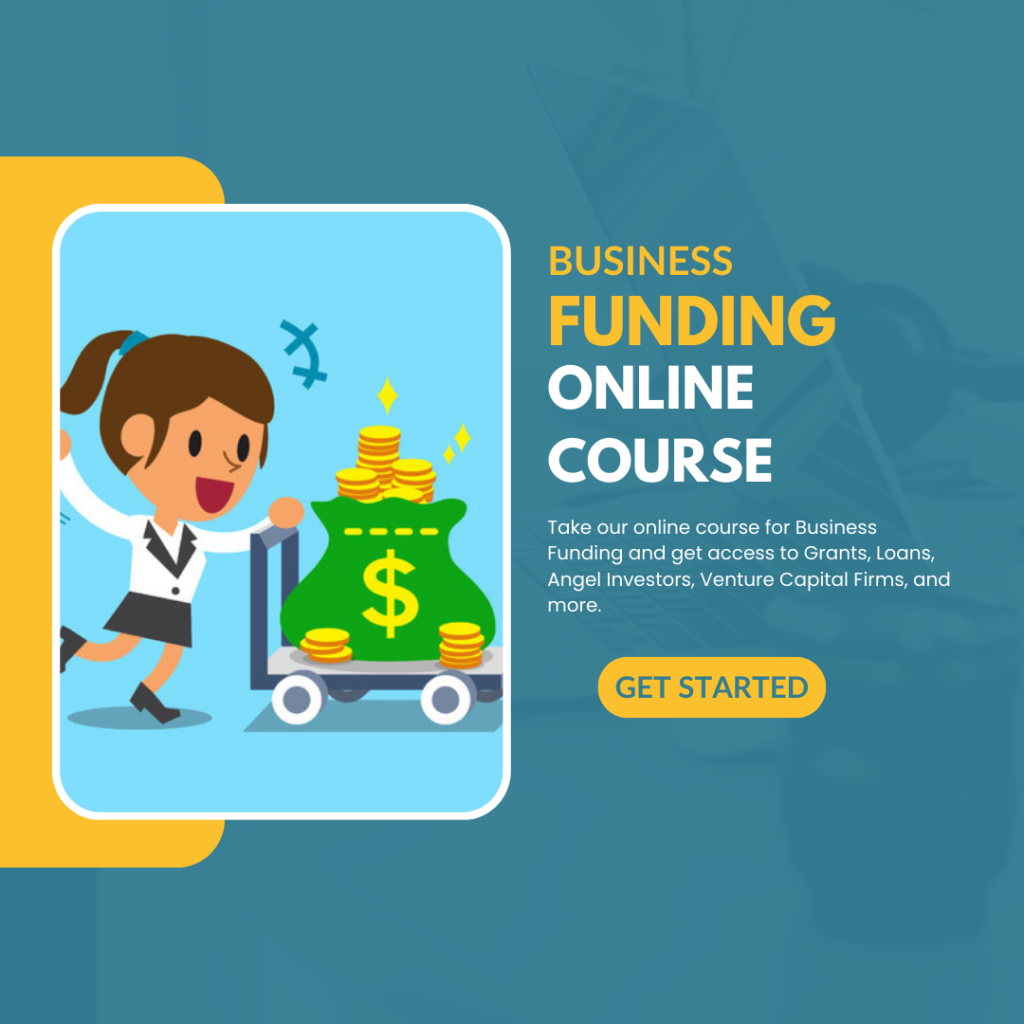
While both methods share similar goals, they have distinct differences. Pre-selling typically involves offering customers the chance to purchase a product before its official release, while crowdfunding goes a step further by allowing entrepreneurs to present their ideas to the public and collect financial backing in exchange for rewards or equity. Together, these strategies have reshaped how new products are brought to market, making it easier for entrepreneurs to take risks and innovate.
What is Pre-Selling?
Pre-selling involves offering products or services for purchase before they are fully developed or available. This strategy helps businesses generate early revenue and gauge interest before launching. Customers pay upfront for a product they will receive later, which provides crucial funding for production. In the tech industry, pre-selling often funds the development of innovative gadgets. Pre-order customers usually benefit from exclusive pricing, early access, or limited-edition features.
This method is highly effective for startups due to several advantages. Pre-selling allows businesses to test demand and validate their products without heavy initial investments. If demand is strong, companies can confidently proceed; if not, they can adjust or pivot without major losses. Additionally, pre-selling fosters a sense of exclusivity, as customers feel privileged to be among the first to own a product.
Tesla is a notable example of successful pre-selling. The company consistently uses pre-orders for its electric vehicles to gauge interest and secure funding. This model has helped Tesla manage production timelines and build excitement and loyalty among customers.
How Crowdfunding Revolutionizes Startup Financing
Crowdfunding has transformed how startups raise capital by connecting them to a vast network of backers supporting their vision. Platforms like Kickstarter, Indiegogo, and GoFundMe allow entrepreneurs to present their ideas directly to the public. In return, backers contribute funds, often in exchange for rewards such as early access, exclusive items, or company equity.
Unlike traditional financing, crowdfunding democratizes capital access, making it easier for startups to raise funds without banks or venture capitalists. This is crucial for entrepreneurs lacking the connections or resources for traditional funding. Crowdfunding is especially helpful for startups with niche products that might struggle with conventional investors.
Additionally, crowdfunding serves as a highly effective marketing tool. By launching campaigns on platforms like Kickstarter, startups can raise brand awareness and attract passionate supporters. This exposure often leads to media attention, social media shares, and word-of-mouth promotion, boosting campaign success.
One major benefit of crowdfunding is validating business ideas. A successful campaign shows demand, attracting more investment from traditional sources. If the campaign fails, it may indicate insufficient market readiness, allowing startups to adjust their strategy.
Combining Pre-Selling and Crowdfunding for Maximum Impact
For startups, combining pre-selling and crowdfunding can create a powerful synergy. Crowdfunding campaigns often include pre-selling elements, such as offering early access to products or exclusive rewards for backers. This combination helps startups build momentum before their official launch, ensuring they have a loyal customer base ready to support their product from day one.
By integrating pre-selling into a crowdfunding campaign, startups can generate early sales while simultaneously raising the funds needed for production. This dual approach minimizes financial risk and provides valuable insights into customer preferences. For example, a crowdfunding campaign might offer different reward tiers, allowing backers to choose between various versions of the product. The most popular choices can guide production decisions and help startups refine their offerings based on real customer feedback.
The benefits of combining these strategies are clear. Crowdfunding provides the initial capital and market validation, while pre-selling creates a sense of exclusivity and urgency that drives sales. Together, they form a comprehensive approach that allows startups to test their ideas, engage with customers, and raise the funds necessary for a successful launch.
Market Validation Through Crowdfunding
One of the most critical aspects of crowdfunding is its ability to validate a product in the marketplace. When a startup launches a crowdfunding campaign, it essentially presents its idea to potential customers and investors, who can then decide whether to support the project. If a campaign successfully meets its funding goal, it proves that there is demand for the product, giving the startup credibility and increasing its chances of securing additional funding.
Market validation is particularly valuable for startups that are still in the early stages of development. Before committing to full-scale production, crowdfunding allows entrepreneurs to test their ideas with a live audience and receive feedback. This feedback can be used to refine the product, improve marketing strategies, or adjust pricing before the official launch.
Crowdfunding also offers a unique opportunity for startups to build relationships with their backers. Backers often provide valuable insights into the product’s features, potential improvements, and market positioning. By engaging with backers throughout the campaign, startups can foster a sense of community and loyalty, which can lead to repeat business and long-term customer relationships.
Pre-Selling and Crowdfunding Risks
While pre-selling and crowdfunding offer numerous advantages, they also come with risks. One of the most significant challenges of pre-selling is the pressure to deliver on time. If a startup fails to meet its production deadlines, it can result in disappointed customers and damage the company’s reputation. For this reason, it is essential for startups to have a clear production plan and realistic timelines before launching a pre-sale campaign.
Crowdfunding also carries risks. While a successful campaign can provide the capital needed to launch a product, an unsuccessful campaign can harm a startup’s credibility. If a crowdfunding campaign fails to meet its funding goal, it may suggest that there is insufficient demand for the product, which can discourage potential investors. Additionally, managing a successful crowdfunding campaign requires significant effort in terms of marketing, customer communication, and fulfillment. Startups must be prepared to devote time and resources to ensure their campaign runs smoothly.
Another potential risk is the exposure of a business idea to the public. When a startup launches a crowdfunding campaign, it shares its product concept with a global audience. This public exposure increases the risk that competitors may copy the idea, particularly if the product is innovative or has a unique selling point. To mitigate this risk, startups should carefully consider how much information they disclose in their campaign and take steps to protect their intellectual property when necessary.
How to Succeed in Pre-Selling and Crowdfunding
Success in pre-selling and crowdfunding requires careful planning, a clear marketing strategy, and effective communication with potential customers. Startups should begin by identifying their target audience and crafting a compelling story that resonates with backers. A successful campaign is not just about the product; it’s about building an emotional connection with potential customers and making them feel like they are part of something exciting.
It is also essential for startups to set realistic funding goals. While it may be tempting to aim high, setting a more achievable target can increase the likelihood of success. Once the campaign is live, startups should actively engage with backers by providing regular updates, answering questions, and addressing concerns. Transparency and open communication are crucial to building trust with backers, who are often more forgiving if they feel informed about any delays or challenges.
Finally, startups should leverage social media and other marketing channels to promote their campaign. The more visibility a campaign has, the more likely it is to attract backers. Successful crowdfunding campaigns often go viral through social media, generating buzz and attracting additional support from people who may not have discovered the campaign otherwise.
Pre-selling and crowdfunding have fundamentally changed the way startups approach product launches and financing. By combining the two strategies, entrepreneurs can secure early funding, validate their business ideas, and build a loyal customer base before their product even hits the market. While there are risks involved, the potential rewards are significant, especially for startups willing to put in the effort to plan, market, and engage with their audience effectively. As these methods continue to evolve, they will undoubtedly remain essential tools for entrepreneurs looking to succeed in an increasingly competitive marketplace.

